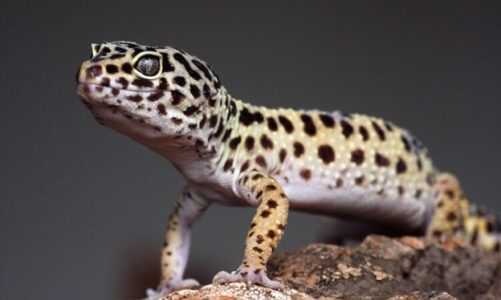Numerous minerals found in seaweed are beneficial to both humans and their canine friends. If you feed your dog a little quantity of dried seaweed from a reputable source, it might be a healthy addition to his diet. But is seaweed good for dogs? We need to know about it.
Edible Seaweed and Its Many Varieties
Seaweed is often dried for storage because it is so easily shaped while wet. Some of the most popular types of seaweed eaten by humans and suitable for canine diets are listed below.
As sweet as can be.
This rusty seaweed grows naturally on rocks in the colder waters of the northern Atlantic and Pacific Oceans. Over a thousand years ago, in Scotland and Iceland, the first dulse was collected. Its texture is quite similar to leather. It is most often sold as dry flakes, although you may also get it shredded or powdered.
Asao Kombu
Kombu, a flavorful kind of kelp, is sold in long, thin strips. Most people would recognize it from its role in making dashi (a kind of soup). Hokkaido, the largest island in Japan, is one of the primary producers of kombu, although it is also available in large quantities along the California coast. Dog food kibble may be moistened with a simple dashi made from kombu, katsuobushi (dried bonito flakes), or iriko (dried anchovies). Another typical ingredient in dashi is dried shiitake mushrooms, which should be kept away from dogs since they may be toxic.
Hijiki
When dried, the brown seaweed known as hijiki resembles very thin twigs. It is cultivated along the rocky shores of China, Japan, and Korea. Hijiki is most often used to make seaweed salad. Simply rehydrate the dried seaweed and mix a little bit into your dog’s food to add it to their diet.
Irish moss
The Atlantic coasts of Europe and North America are home to this purple and crimson alga. Irish moss has the appearance of little trees due to the way its branches spread out from the main stem. It is available as powder or gel.
Nori
Nori is a kind of seaweed that is initially a rich purple hue but becomes a dark green when dried. Purple laver is another name for this plant. The most common method involves roasting the seaweed before pressing it into dried sheets of nori, a process not dissimilar from making paper. In the West, nori is the most common kind of seaweed. It’s a common ingredient in sushi rolls and onigiri (Japanese for “rice ball”). Dried nori sheets are great for dogs as a treat, but only if you feed them in moderation and choose a kind that is seasoned with simply salt (or nothing at all).
While kelp (Laminaria) forests are well known for sheltering a wide range of marine life species in shallow coastal waters across the world, they are also a source of wakame, an edible seaweed species. Wakame seaweed is a kind of green seaweed that is sometimes used to provide miso soup its distinctive color. It is often referred to as sea mustard. In addition to being rich in omega-3 fatty acids, its sweet taste, and silky texture make it a great accompaniment to any meal.
Conclusion
Omega-3 fatty acids, iodine (needed to make thyroid hormones), iron, magnesium, calcium, and a number of vitamins (including A and B12) may all be present in various varieties of seaweed, which might be good to your dog’s health.



